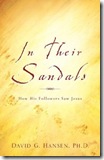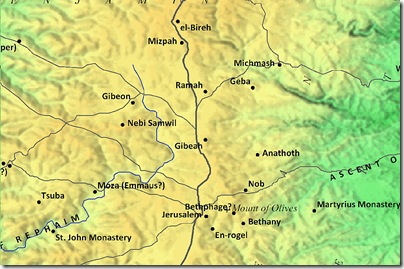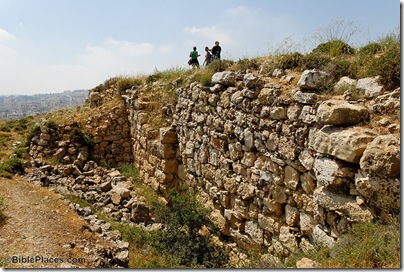Insight for Living, the ministry of Chuck Swindoll, has just released Archaeology Handbook: The Key Finds and Why They Matter. This is a 120-page introduction to the top ten archaeological discoveries related to the Bible. I think it’s an excellent overview of artifacts like the Merneptah Stele, the Tel Dan Inscription, and the Sea of Galilee boat. There are also chapters on the Temple Mount, Hezekiah’s Tunnel, and the Dead Sea Scrolls. The writing is clear and engaging, the photographs are beautiful, and the layout is attractive. If you’re one of the archaeologists who reads this blog, you probably won’t learn anything from this  book, but if you’re someone who hasn’t had much exposure to biblical archaeology, this is a great starting point.
book, but if you’re someone who hasn’t had much exposure to biblical archaeology, this is a great starting point.
I served as a consultant for the book, supplied many of the photographs, and was interviewed in one of the chapters. That’ll make some of you happy, while others will run the other way.
Here’s one of the questions I was asked: What role does faith play within the scientific discipline of archaeology?
My answer: Archaeology should not be carried out in order to prove some pre-conceived idea, whether pro- or anti-Bible. Archaeology is best when it is carried out with the best of scientific methods and interpreted by a range of scholars. Archaeology is ill-served when the interpretation of sites and artifacts is divorced from our knowledge of ancient texts, including the Bible.
Here’s another: Has archaeology revealed anything that contradicts the Bible? If so, what? And how should Christians respond to such discoveries?
My answer: Archaeology has revealed many things that can be interpreted in a fashion that is not compatible with the biblical record. But those same things can also be interpreted in a way that is consistent with Scripture. This ambiguity is not intrinsic to issues related to faith, but is the nature of the discipline. But those matters related to the Bible are naturally more popular and receive more attention in the press. I do not know of any major issues that conflict with the accuracy of the Bible.
There are some issues of a lesser nature that are not yet resolved, but I recognize that that is due to the limited nature of the evidence.
Most of the book is more interesting than these questions reflect, as it’s not dealing with theory, but with actual discoveries and what they mean.
Through May, the book is available for a donation. Beginning next month, the book will be sold in their online store. There is also a video that gives more details about the book.


